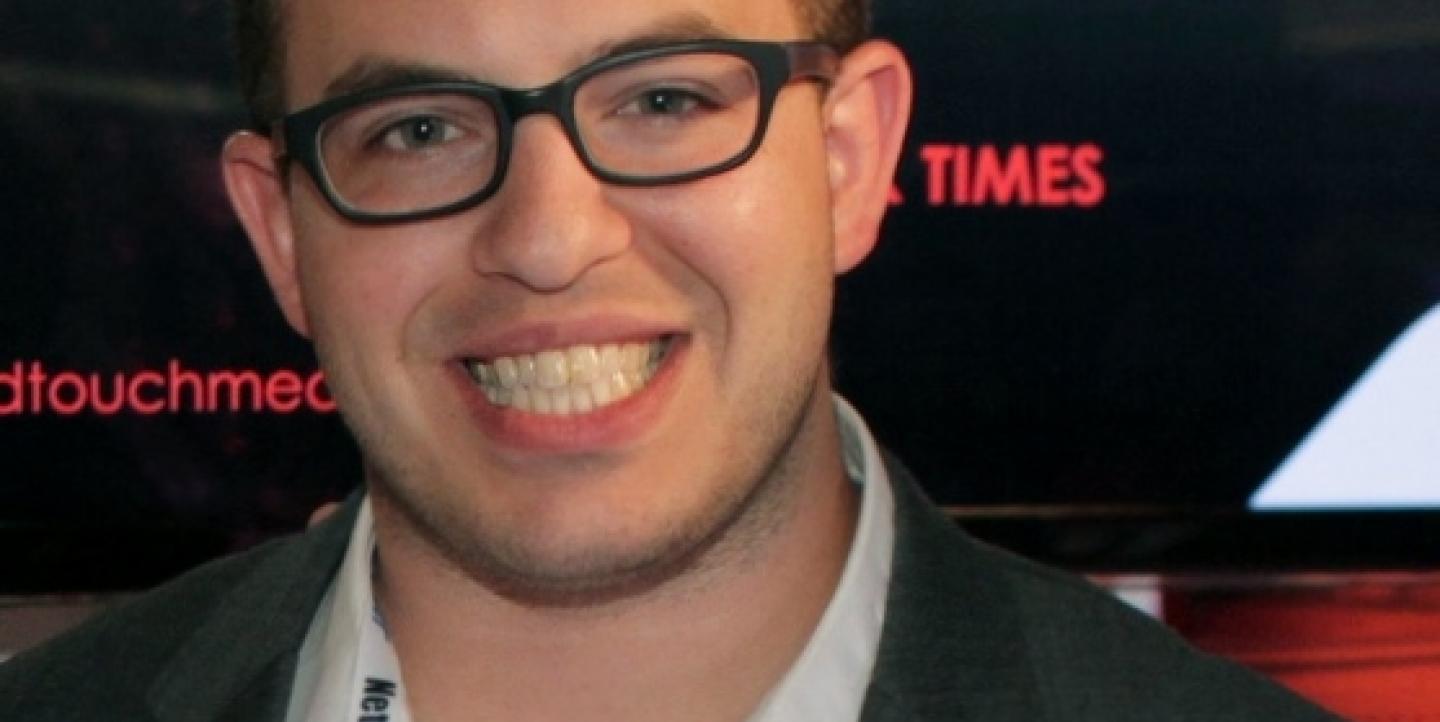For several years I have been using Brian Stelter, the media columnist and TV commentator, as an example to students how a young journalist can build a personal brand.
He did not attend a famous university and had no special family connections. Yet he quickly made a name for himself online by creating a blog that thrived on timely, high-quality journalism.
I always include a slide showing the number of his Twitter followers (lately, 200,000) and pose the question: "How much longer will Brian Stelter need the New York Times?"
As it turned out, not very long. Stelter was just hired away from the Times by CNN to host "Reliable Sources" and be the network's media reporter.
Jack Shafer at Reuters said it's no big deal that the Times lost another reporter; someone is waiting in the wings to do that job who might even be better.
Journalists as free agents
But Shafer is focusing on the Times, and what is really happening is that social media offer more journalists the possibility of building their identity outside the context of a major media organization.
It was one year ago that journalism professors Clay Shirky, Emily Bell and C.W. Anderson issued a thought-provoking report on the newspaper industry: Post Industrial Journalism: Adapting to the Present.
As I wrote at the time, the report was forecasting a new reality for journalism school grads in which the first step in their careers would not be to tie their reputation to an established media institution, as they might have in the past, but to create their own reputation. The report described the implication for journalism schools:
Already, journalism schools are more like film schools than law schools, which is to say that the relative success or failure of a j-school grad is going to be far more variable than it used to be. There are fewer entry-level jobs — the jobs that used to serve as unofficial proving grounds and apprenticeships — in metropolitan dailies and local TV than there used to be.
Journalists as brands
News media analyst Ken Doctor wrote about the trend three years ago when the issue was how Internet news services like Huffington Post, Yahoo and AOL were hiring away talent from legacy media to build their own traffic.
Jay Rosen has described the trend as "the rise of the personal franchise site in news," whose key feature is a star journalist at the center.
The Wall Street Journal's tech journalism stars, Walt Mossberg and Kara Swisher, managed to create an events and content business, All Things D, that has been valued in the tens of millions of dollars. They have decided to test the market rather than renew their contract with Dow Jones.
Andrea Peterson of the Washington Post wrote recently that the new media ventures of major journalism stars such as Andrew Sullivan, Glenn Greenwald and Nate Silver show the balance of power tipping toward journalists as brands.
These days, Doctor wrote recently, the legacy media are using metrics to calculate just how much traffic and revenue a big-name journalist is worth to them. These organizations are asking themselves if it's better to keep these high-profile journalists or let them go.
Beacons through the fog of the web
Why the shift in branding power toward journalists? On the web, there is so much noise, misinformation, disinformation, gossip and garbage that users are seeking beacons of credibility.
Users turn to social media, RSS feeds, automated searches and other tools to send them information they can trust and that they are interested in. The news they want is just as likely to come from a particular journalist or blogger as from a particular news outlet.
News organizations now find themselves in an awkward position. In order to ensure high traffic to their websites, they need to promote their journalists as brands. But in branding their journalists, they make it more difficult to keep them. These journalists can find more opportunities elsewhere. Just ask Brian Stelter.
This post originally appeared on the blog News Entrepreneurs. It is published on IJNet with the author's permission.
James Breiner is a consultant in online journalism and leadership. He is a former co-director of the Global Business Journalism Program at Tsinghua University and a former Knight International Journalism Fellow who launched and directed the Center for Digital Journalism at the University of Guadalajara. He is bilingual in Spanish and English. You can follow him on Twitter here.
Image of Brian Stelter CC-licensed on Flickr via redtouchmedia.

